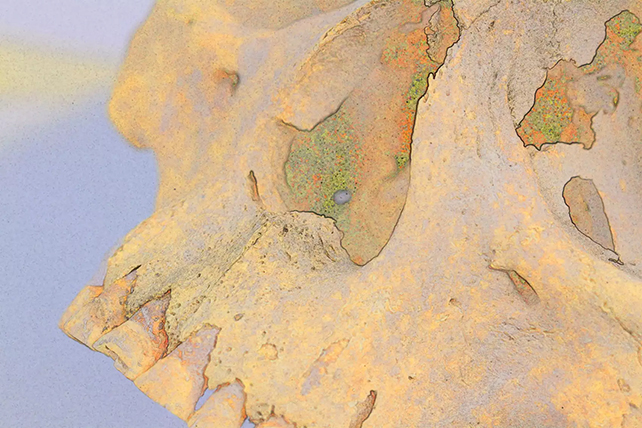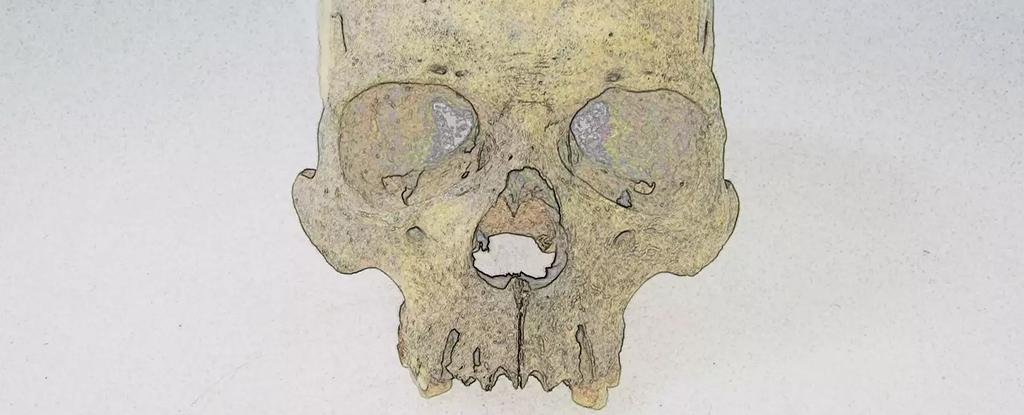A new study has found that leprosy was circulating in Chile some 4,000 years ago, meaning the disease arrived in the Americas much earlier than previously thought.
That’s based on an analysis of ancient bones and teeth by researchers from institutions in Germany, Argentina, and Chile, and it challenges the conventional wisdom that leprosy was a disease introduced by European settlers from the 16th century onwards.
Through a comprehensive study of DNA fragments found in two human skeletons, the researchers were able to match the genetic material to the Mycobacterium lepromatosis pathogen – the less common of two bacteria known to cause leprosy.
“We were initially suspicious, since leprosy is regarded as a colonial-era disease, but more careful evaluation of the DNA revealed the pathogen to be of the lepromatosis form,” says anthropologist Darío Ramirez, from the National University of Córdoba in Argentina.
Related: Experts Warn Leprosy Isn’t Ancient History as Cases Surge in The US
Scientists are still learning about M. lepromatosis, which has only recently been identified. Another bacteria, Mycobacterium leprae, is the dominant strain behind leprosy, and its history and spread has been more clearly mapped to date.
While there’s a scarcity of samples in the Americas, M. leprae has been tracked back for thousands of years across Eurasia, which is part of the reason why researchers have long thought it traveled from Europe across the Atlantic.

Another recent study found traces of M. lepromatosis in remains from Canada and Argentina, stretching back at least a thousand years – again before European settlers showed up. This new find, pushing its arrival back millennia earlier, adds further evidence that we need to rethink the history of leprosy.
“Ancient DNA has become a great tool that allows us to dig deeper into diseases that have had a long history in the Americas,” says anthropologist Kirsten Bos, from the Max Planck Institute for Evolutionary Anthropology in Germany.
“The advanced techniques now used to study ancient pathogen DNA allows us to look beyond the suspects and into other diseases that might not be expected from the context.”
Trying to pick apart this history of disease isn’t easy. Indigenous American peoples would certainly have had afflictions of their own, but they would have also been hit hard by infections imported by colonists – infections their bodies were poorly prepared for.
The researchers are confident that there’s more to the story, in terms of both modern and ancient forms of the disease – especially in regards to M. lepromatosis. Each archaeological dig and clinical test gives experts more genomes to work with, which then further helps our understanding of disease history, spread, and diversification.
Part of the skill needed by researchers is knowing what to look for, which is highlighted by this study – previous work in this area may have missed ancient markers of leprosy, simply because no one thought to look for it.
“This disease was present in Chile as early as 4,000 years ago, and now that we know it was there, we can specifically look for it in other contexts,” says anthropologist Rodrigo Nores, from the National University of Córdoba.
The research has been published in Nature Ecology & Evolution.


